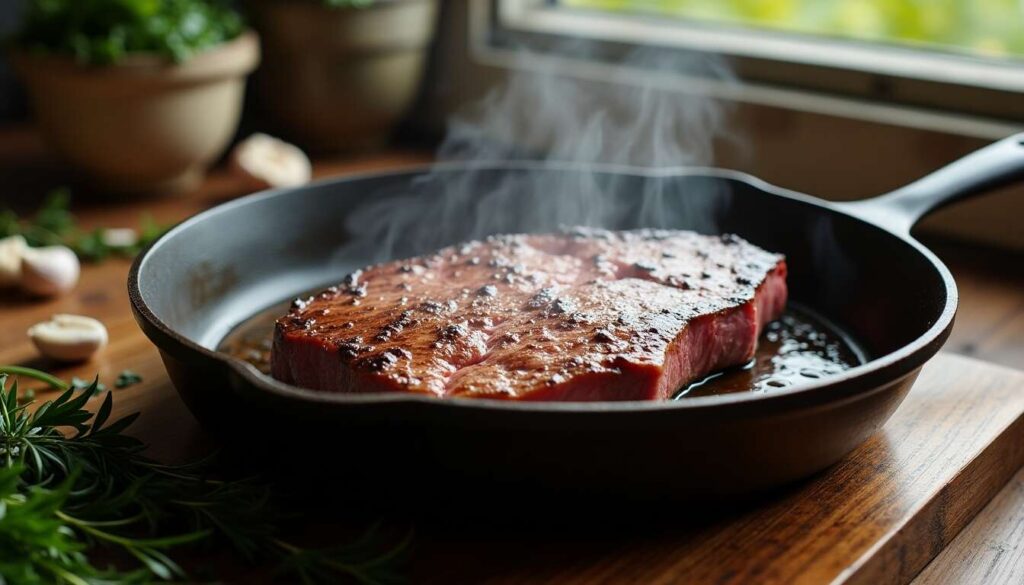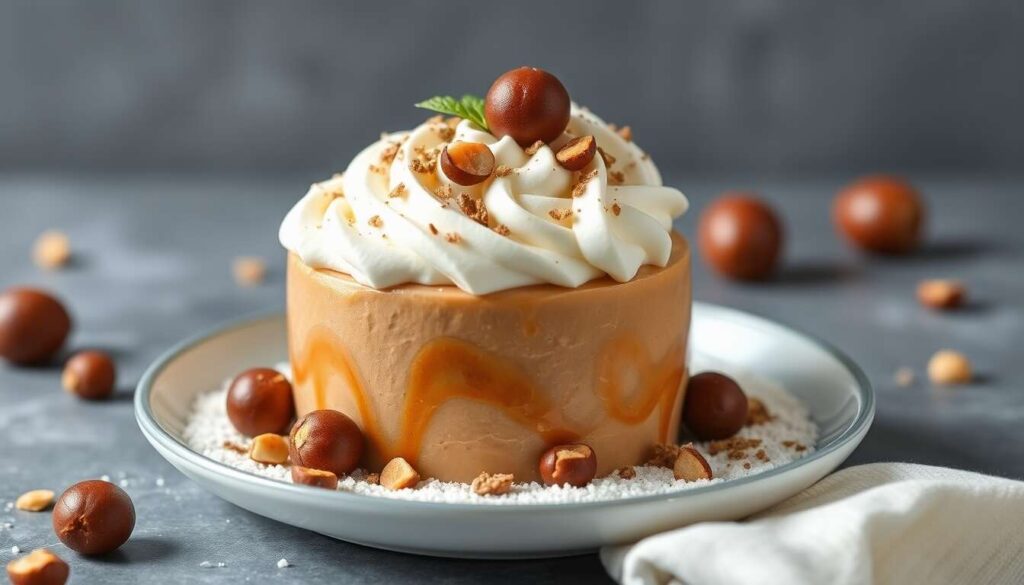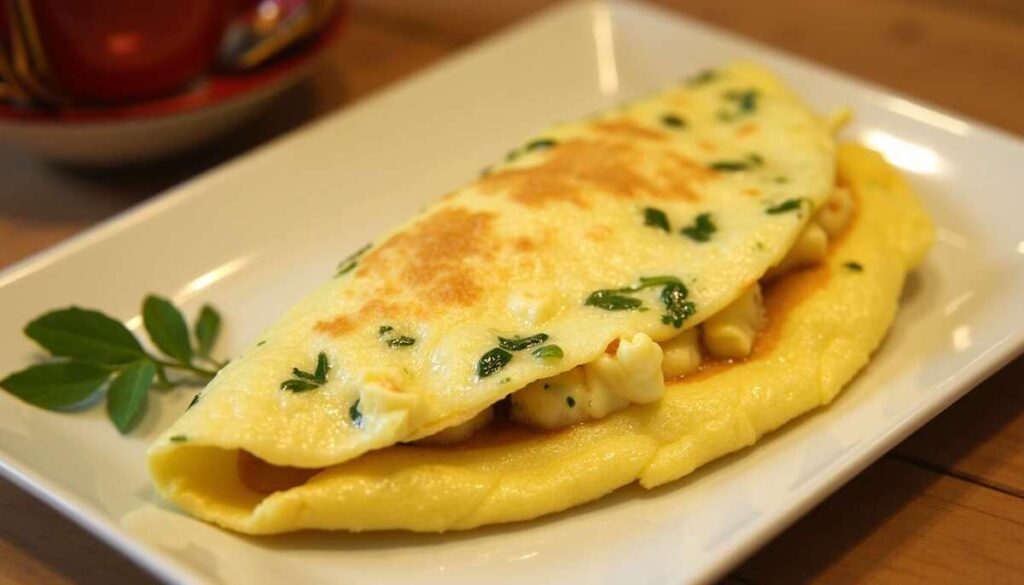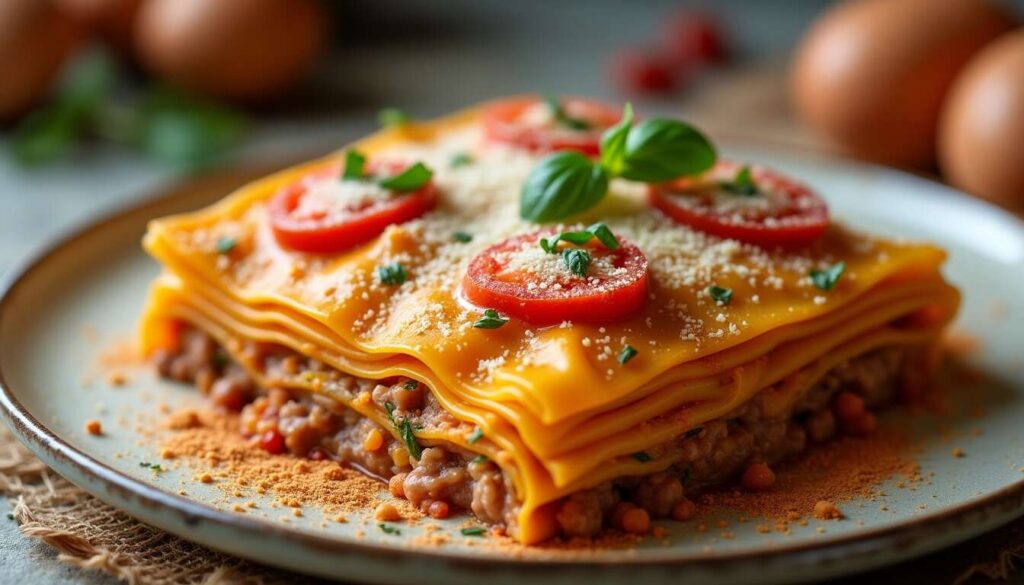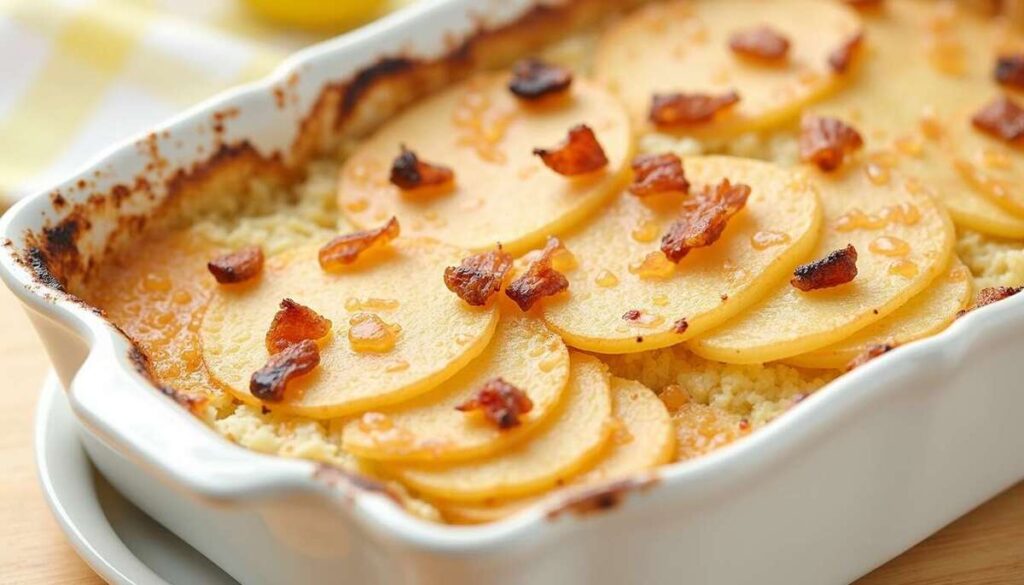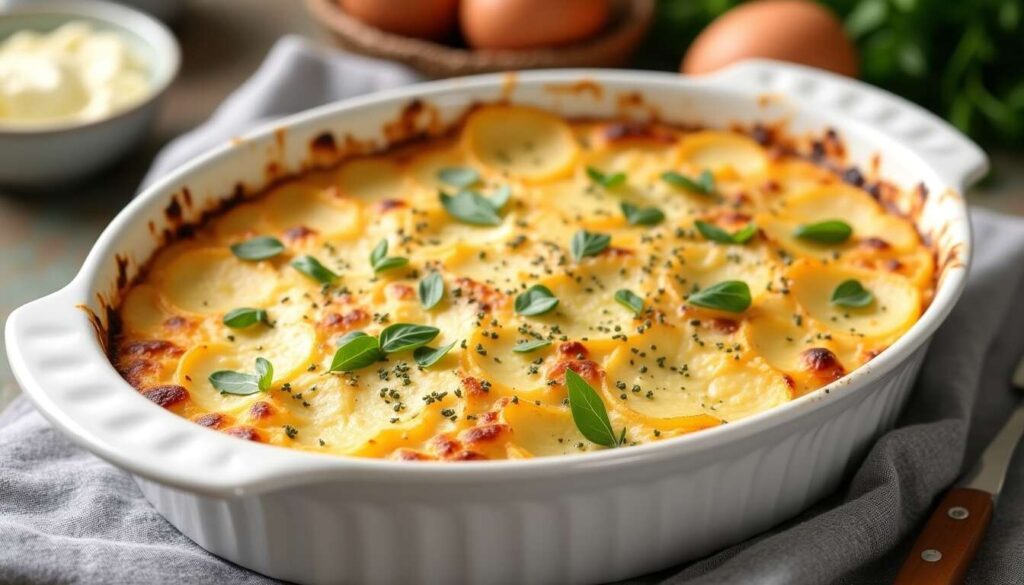In the kitchen, mastering the art of pan-searing can elevate an ordinary dish into a delightful culinary experience. However, many amateur cooks often overlook the nuances of this esteemed technique. Learn how to achieve the perfect sear and avoid common pitfalls.
Understanding the Technique of Pan-Searing
Definition of Searing
Pan-searing is a culinary technique that involves quickly cooking food at high temperatures to caramelize its surface. This process preserves the natural juices and creates a crispy exterior while keeping the inside tender.
Benefits of Searing
By searing your ingredients, you initiate the Maillard reaction, which deepens the flavors. Moreover, this method effectively retains moisture while imparting a beautiful golden color to the food.
Putting it into Practice
To successfully sear, it is crucial to preheat your pan adequately before adding the ingredients. This prevents sticking and ensures even cooking.
Having established a solid understanding of searing, let’s delve into the common mistakes many of us make unconsciously.
Common Mistakes to Avoid When Cooking
Underestimating Temperature
Temperature is often the key to effective searing. Starting with an insufficiently hot pan hinders the desired caramelization.
Overcrowding the Pan
While it might be tempting to cook a large quantity of food all at once, overcrowding the pan leads to a drop in temperature, creating more steam than sear.
- Opt to cook in smaller batches.
- Ensure there’s ample space between each piece.
Neglecting to Dry the Ingredients
Moisture is the adversary of successful searing. It is essential to thoroughly dry your ingredients before placing them in the pan.
With a clear understanding of these frequent errors, we turn our focus to the choice of cookware, an aspect often overlooked yet crucial.
The Importance of Choosing the Right Pan
Preferred Materials
The material of the pan greatly influences the quality of the sear. Stainless steel and carbon steel are recommended for their durability and ability to maintain consistent heat.
Avoid Non-Stick Pans
Despite their popularity, certain non-stick pans, especially those made with teflon, may release harmful substances at high temperatures. Choose safer alternatives instead.
Dark Colors
Pans with dark-colored bottoms retain heat better, promoting an even sear.
Once you have chosen your pan wisely, mastering temperature control becomes essential to avoid erratic or failed cooking attempts.
Mastering Temperature for Perfect Cooking
The Importance of Preheating
Always preheat your pan over medium-high heat before cooking. This ensures a steady temperature rise.
Using the Right Intensity
After preheating, adjust the temperature based on what you are searing: thicker meats or vegetables may require a higher starting temperature.
Signs of Overheating
Watch for excessive smoke, which signals that the heat is too high and can compromise the flavor or nutritional quality of your dishes.
Beyond managing temperature skillfully, utilizing the right utensils, such as stainless steel tools, can enhance your culinary experience.
Optimizing the Use of Stainless Steel
Advantages of Stainless Steel
Stainless steel is an excellent companion for searing due to its thermal conductivity and durability. It also lacks harmful substances that can jeopardize health.
Caring for Your Stainless Steel Pans
To extend longevity, avoid sudden temperature changes and clean your cookware properly using non-abrasive products.
Using Appropriate Accessories
For even cooking, use stainless steel spatulas that won’t scratch the surface.
To truly enhance your dishes, it is crucial to understand and harness the Maillard reaction in your cooking.
Discovering the Maillard Reaction to Enhance Your Dishes
What is the Maillard Reaction?
This refers to a series of chemical reactions between amino acids and sugars at high temperatures that produce a golden-brown color and unique flavor in foods.
Influence on Taste
The Maillard reaction is responsible for the grilled flavors and appealing color of your seared meat.
Ensuring the Reaction Succeeds
Ensure your pan is hot enough and resist stirring your food too frequently to allow the reaction to develop fully.
Now, let’s explore essential tips to prevent food from sticking, ensuring a smooth cooking process.
Tips to Prevent Food from Sticking
Using Sufficient Fat
Add an appropriate amount of fat to facilitate searing and keep food from adhering to the pan.
Practical Considerations: Food Behavior
Allow food’s surface to form a crust before moving it, making it more resistant to sticking.
Marinating Wisely
Marinades containing acids (like lemon juice) can break down proteins, reducing stickiness.
On the topic of sustainable culinary practices, maintaining your equipment is equally essential.
Maintaining Your Pans for Better Longevity
Cleaning After Each Use
Properly clean your pan after each use to prevent residues that can accumulate and diminish cooking efficiency.
Avoiding Abrasive Products
Use a soft cloth to clean your pans and avoid abrasive cleaners that can damage the surface.
Proper Storage
Store your pans in a dry place to prevent corrosion, especially for cast iron models.
Today, with informed choices and proper practices, mastering pan-searing can become an accessible culinary art for everyone. By implementing these tips and techniques, you not only enhance your dishes but also embrace a healthier and more sustainable lifestyle.

